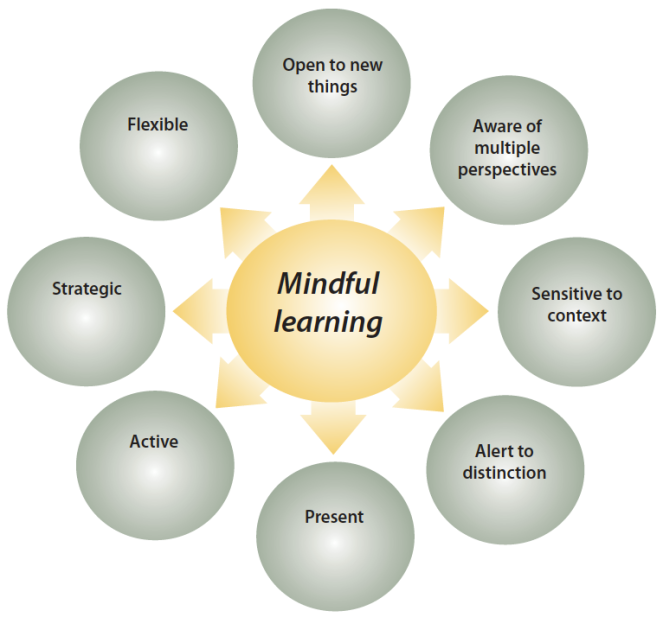Is Engineering Curriculum in U.S. Universities Dead?
In Sir Ken Robinson’s TED talk he centered his talk around the idea that there are 3 principles on which human life flourishes:
- Diversity
- Curiosity
- Creativity
He took these 3 principles and illustrated how they are not being used to influence the curriculum of grade schools across the U.S. and how the development of the ‘No Child Left Behind’ act has made it even worse. I would like to take these three principles and use them to comb through undergraduate mechanical engineering curriculum to see if the three principles are carried out.
Diversity:
So, let’s look past the obvious term of diversity and think about the diversity of classes. Does the engineering curriculum properly offer a diverse set of classes? Well…not really for the first couple of years (until your able to take elective courses). But the issue is that the students have to learn engineering basics before they can branch out into classes where they build off of the basics. Some universities do require students to take out of engineering electives. For example, I was forced to take 7 humanities and social sciences courses along with our typical engineering coursework in order to get my Bachelor’s degree. Now I’m not going to say how much information I truly pulled from these classes, but I did enjoy the break that they provided me from the technical engineering courses I was taking.
So in the end, I think there is a small amount of diversity in the curriculum. Maybe not as much diversity as some think there should be. The amount of diversity that is offered is completely dependent on the university, but it seems like all accredited Bachelor’s programs have at least a little bit of diversity.
Curiosity:
Let’s be honest here…this is not really a thing. By going into engineering, it is assumed that you have a curiosity for learning how things work and the math/physics behind how things work. But while studying engineering you are not really given an opportunity to express that curiosity. Typically, some courses have projects, but those projects are usually designed by the professor and do not allow the students to weigh in on projects that they would prefer to do.
In order to really bring curiosity into the classroom professors need to allow different types of well formatted/designed projects to be performed in a classroom. There are many projects that can be developed using the same principles, just with different applications/outcomes.
When I was a junior every mechanical engineering student had to take a class called ‘Mechanical Engineering Laboratory’, a very simple string of words that really don’t describe the class well. In this class, we split up into groups of 3 or 4 students to work on a project completely designed/chosen by the students in each group. In the end the projects had to be approved by the professor, but there was complete freedom of what core idea you and your group wanted to study. For this project, each group had to first identify a problem, model the problem, develop an experiment using uncertainty analysis, perform the experiment, and provide the results over the course of a semester. In my class we had projects ranging from comparing the effectiveness of different radiators to testing savonius wind turbines to determining the structural properties of graham crackers/pasta noodles.
This class format really allowed us students to truly learn the ideas of uncertainty analysis and how it effects experimental setup by allowing us to perform a project on a topic that expressed our curiosity. In addition, the professor in charge didn’t have to come up with ideas/design experiments he just had to be there for support and guidance along the way.
Creativity:
Well it’s engineering. I find that usually creativity is not a word commonly used in the same sentence as engineering. Since most courses in the engineering curriculum are designed to shove information down a student’s throat they do not allow for creativity to happen.
Now is creativity completely sucked out of engineering department at universities? I don’t think so because there are still ‘competition teams’ that students are allowed to join. These teams are a great way for students to express their creativity through designing parts and working with their hands to build something. I participated in Formula SAE, a program where every year you are tasked with building an open-wheeled racecar from the ground up. By being part of this team I was able to take the knowledge I learned in class and the knowledge I gained from reading books and papers to exercise my creativity through modeling, design, and analysis of the suspension for the car.


I mean look at this suspension…I think that’s pretty creative in an engineering sense, but I might be a little bias.
Take Away:
Is education dead in the undergraduate engineering curriculum? No!
I mean it isn’t in the best of health, but I do not think it is dead. While, the curriculum does not have much form of curiosity and creativity in them I feel that extra-curricular activities sponsored by the university have these two principles. So, if there was a way to inject bits of these extra-curricular activities into the curriculum maybe its health could be improved and with enough people pushing forward the curriculum can become a young sprit curriculum in the prime of its life.






